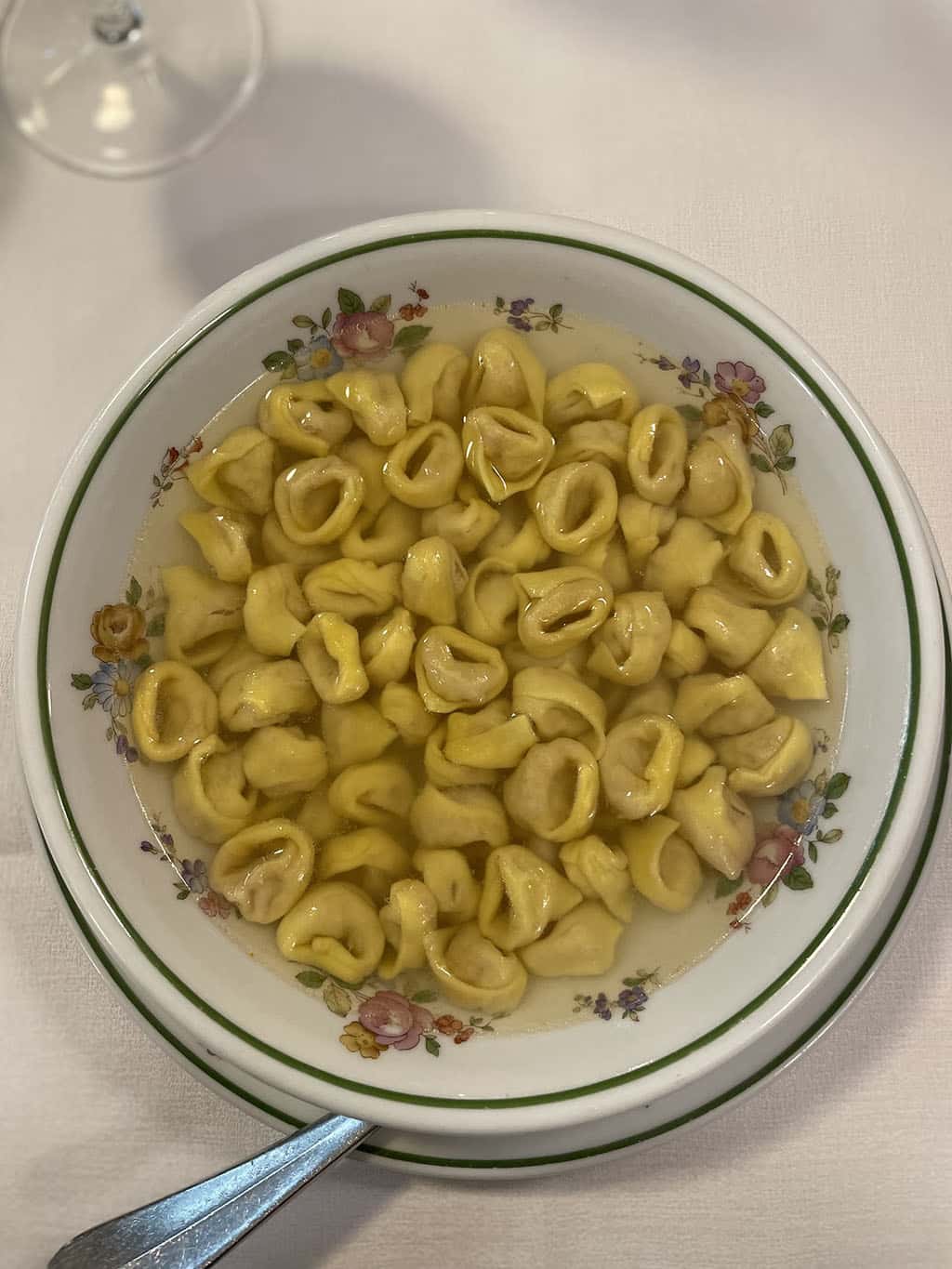In the search for a perfect plate of food, there can be nothing more perfect than a bowl of consommé. This clear, golden soup looks disarmingly humble, yet is capable of teasing the tastebuds of the most sophisticated connoisseurs.
Dating back to the Middle Ages, consommé has always been associated with luxury and refinement due to the large quantity of meat needed for the small yield. Yet, making vegetarian consommés is not any less intensive in terms of the amount of ingredients or labour. As a clarified stock, consommé represents a natural progression in our conversation about stocks, so let’s get going.
Any stock can be clarified – meat, fish or vegetables. Clarification is a process of removing impurities from the stock, and technically it can be done just with egg whites. However, since the process of clarifying might actually reduce the potency of flavour, it is often recommended to mix the egg whites with other, flavour-strengthening ingredients, such as meats and vegetables.
Clarification is a relatively quick process; therefore, begin by putting meats and vegetables through a blender in order for them to cook faster.
The choice of meats for clarification is defined by the choice of meats used to prepare the stock, for instance beef stock is clarified with minced beef, or fish stock is clarified with minced fish. To this mixture, egg whites are added in proportion of two egg whites (circa 60ml) per 1 litre of liquid. This mixture is then poured into the pot with the slowly simmering stock.
During the first 10-15 minutes of clarification, it is recommended to scrape the bottom of the pan gently with a spatula to avoid eggs from sticking to it. Then, the action must stop as we have to allow the clarifying mixture to form a ‘raft’ on the surface.
A raft is an amalgamation of all the clarifying ingredients, and it forms when egg proteins begin to coagulate, filtering the liquid they inhabit. This raft should not be unnecessarily disturbed, so much so that it is suggested to create a hole in the middle of it allowing bubbles to escape easily without breaking the raft. This can also serve as a window into the clarification as one will be able to see when the liquid turns from cloudy into transparent.
I must admit that right at the start, the pot will most likely look like a big mess. The clarifying ingredients will decouple in a disorganised fashion leaving all sorts of bits and chunks floating in the stock. It might even feel like a big mistake, but at no time make efforts to raise the temperature to speed up this culinary discomfort. Doing so will most definitely lead to a catastrophe as the raft will not form during the fierce bubbling. Give time to the mixture, and you will witness a culinary transformation that can make any chef proud.
To introduce more people to clarifying, Heston Blumenthal, a renowned chef and a known kitchen experimenter, proposes an alternative method for clarifying the stock. He suggests freezing the stock as it is into cube trays, and when called upon, allow them to melt through a coffee filter. He advises to leave the process as it is, allowing cubes to melt slowly. Ultimately, there should be a clear and delicious consommé on the other end.
By Dr. Irina Mikhailava
|| features@algarveresident.com
Dr. Irina Mikhailava, a chef and a good food champion, happily residing in the Algarve and eating all over the world with an appetite for learning, sharing and writing. Instagram: incompanyoffood




















